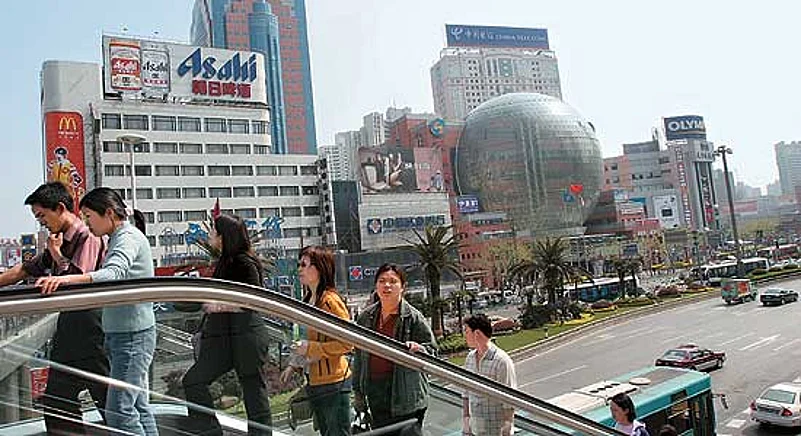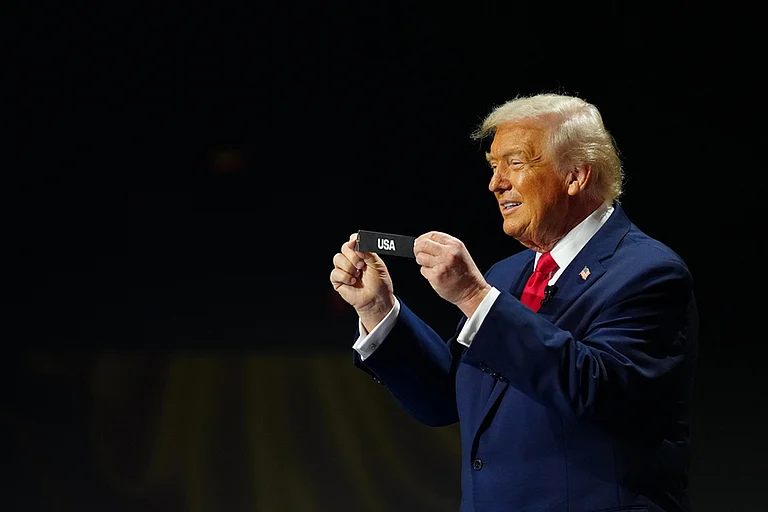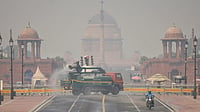With the western world still reeling from the effects of the global financial crisis, Chindia boosting is more in vogue than ever before.
Journalist Prem Shankar Jha’s book is a timely intervention, critiquing the inevitability of this idea. It’s a cautionary discourse, detailing the deep-seated and as yet unresolved conflicts that both nations must address if they are to successfully “reorientalise” the world.
The crucial fact missed by Chindia cheerleaders is that the two countries are not just experiencing economic growth but undergoing transformations into capitalist societies. The political dimensions of this transition are often ignored. Jha contends that understanding the tensions between the winners and losers of this transformation are key to predicting their future trajectories. At present neither possesses the institutional ability or the political means to successfully resolve these contradictions.
The book is structured into parallel sections that deal individually with China and India, tracing the history of their move from autarkic to market economies and in the process revealing their similarities. Jha shows how, contrary to universal belief, India did not embark on its reforms in 1991, all of 13 years after China, but around the same time, with Indira Gandhi’s 1980 government marking the beginnings of a long retreat from the command economy.
Both nations adopted a gradualist approach to reform, characterised by much hesitation and two step forwards, one step back results. More recent attempts to force the pace of industrialisation have created “highly predatory” and corrupt systems of governments.
Jha’s insights into the murky depths of China’s economic reforms are a world apart from the usual paeans to the country’s pothole-free highways. Instead, Jha takes us into the nitty gritty of policy reform in the 1980s when the building blocks of China’s cadre capitalism were established. He paints a bleak picture of a rapacious state with local officials increasingly spinning out of control, given their power to take loans from banks free of the responsibility to pay them back. Much of the investment-fuelled growth experienced by the country, argues Jha, is a house built on sand.
Yet, while his analysis is instructive, the China sections of the book suffer from an overdose of the macro perspective, without any feel for the empirical or lived experience of the reforms for the majority of Chinese people.
Jha repeatedly points to Chinese government figures related to “mass incidents” of unrest (87,000 in 2005) as evidence of the unsustainable nature of the country’s present political system. But the majority of these protests pose little threat to the ruling Communist Party.
What is in fact startling is the level of loyalty the Party appears to marshal across Chinese society. Urban elites and factory workers alike are successfully led to believe not only that the party has steered them to a brighter future but that the alternative to party rule is the kind of chaos where everyone would lose.
Even dispossessed peasants tend to focus their anger on local government officials, whom they blame for not upholding the just rulings of the centre. Thus Beijing is usually able to successfully scapegoat those lower down in the hierarchy, allowing for China’s political authoritarianism to be surprisingly resilient, even as the country grows richer.
Ultimately, it is in the party’s self-interest to deliver growth and to address the discontentment this growth engenders.
Jha points to the government directive last summer that required all personal computers in China to be fitted with software that would allow censorship of certain websites as an example of China’s repressiveness in the face of growing disaffection. But he doesn’t mention that this directive was put on hold following a massive outcry—a clear example of how the party has come to accommodate rather than heavy-handedly oppress public sentiment.
But Jha does admit that while China’s leaders are aware of the dangers, and on the constant look-out for solutions to contain social discontentment, India’s political leadership is “blissfully unaware” of the dangers that lie ahead. He appears to favour India’s chances given its democratic system and the existence of institutions that could (although at present don’t) manage social conflict.
Quibbles aside, this is a hard-nosed look at the less savoury realities of the China and India growth stories. A must read for those who continue to struggle to understand and assess the fundamentals of this growth.


























